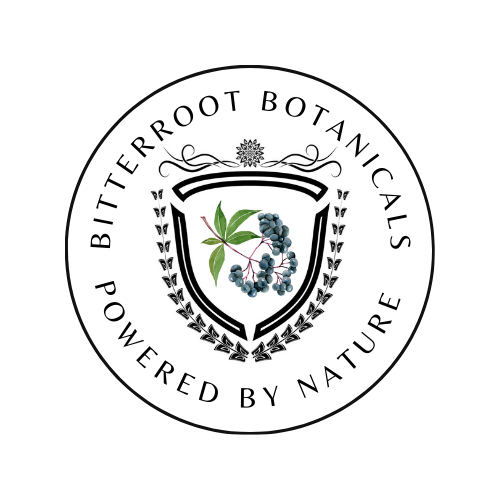HOW TO GET MORE BANG FOR YOUR BUCK WITH ELDERBERRY PRODUCTS
I’m going to explore the five most popular elderberry products in this episode; Elderberry Syrup, Elderberry Gummies, Elderberry Capsules, Elderberry Lozenges, and Elderberry Extracts. I’ve done quite a lot of research on these products as well as Elderberry Teas, and DIY Elderberry Syrup “kits” and finally, after undergoing the “paralysis of analysis” for over a week, decided to use some photographs for the sake of illustrating the relative amounts of elderberries in them. I will quantify the cost per gram of elderberry in each using the serving size, of dose in the case of products labeled as supplements, cost per serving (dose), and content of actual elderberries per serving. I will also write some about methods of preparation for each product and how that may affect what you are actually consuming. After spending a week looking at all of the available products, I ultimately decide to just use individual items for comparison. In the case of teas and DIY kits, no information of actual elderberry content was readily available, so I will only mention those briefly.
The first consideration I think should be the source of the Elderberries. Do you want Organic, conventional, or Wild Harvested? This is of course up to you, but here are some things to think about. Conventional agricultural practices typically ignore several things that are important to my family. Sustainability, use of herbicides and pesticides, use of fertilizers that may deplete the soil of valuable minerals, Big Ag harvest, storage, and processing practices, use of non domestic elderberries, all of these things tend to steer me away from conventional products.
While certified organic products address some of these issues, many are still in question. Remember, Big Ag has recognized the profitability of organic certification, and has certainly found ways to prioritize profits while maintaining the often minimal requirements for an “organic seal of approval”. Large elderberry farms, even organic ones, must still add fertilizers to their soil, ignoring sustainable future harvest and may still use practices that are not exactly environmentally friendly. I was also quite surprised to find that many of the organic elderberry products I found in this adventure relied on elderberries from other countries.
Clearly Wild Harvested products are my preference. Simply put, Nature did it first, got it right, and still does it best. Unfortunately Wild Harvested products are difficult to come by. It’s much easier to go out in an orchard and pick Elderberries planted in perfect rows, perfectly pruned for optimal picking than it is to careen down a steep bank to the river, pick a bucket and realize you can’t carry it back up. Wild Crafting is also subject to zero environmental control. Birds, bears, deer, elk, all enjoy munching on elderberries when ripe, and all too often, we return to a promising site to find very little left. Late freezes, early freezes, wind storms, hail storms, drought, all of these have a huge affect on our ability to harvest.
Now that I’ve convinced you that Wild Harvested products are better, lets look at the actual products.
ELDERBERRY EXTRACT
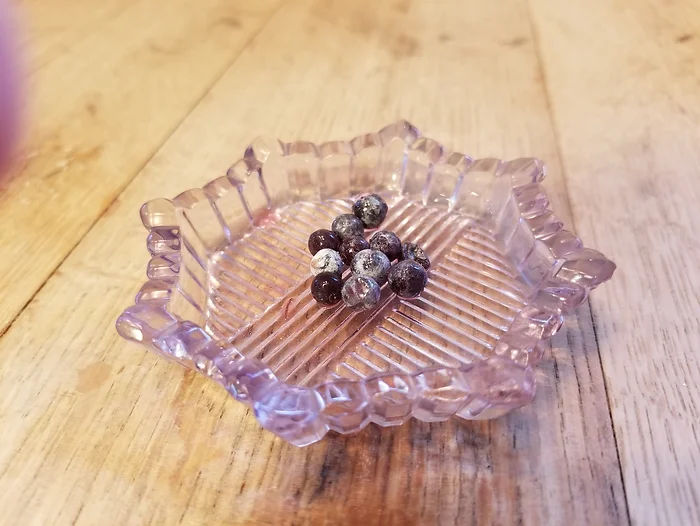
This is a photo of roughly 400 mg of elderberries, give or take one berry. This would be the amount of actual berries in one “dose” of a popular Elderberry extract. The item I used for example is organic, and the extraction process is described as “non solvent” which means they probably use a water extraction method. This particular product seems to be very popular and is readily available through multiple retail sources. The price is around $15/bottle, with 30 servings per bottle. This works out to about $1.25/gram of actual elderberries. Many people believe that by using this extremely concentrated product they are getting more bang for the buck. I was quite surprised by this example. The extraction process, although it uses water as the primary solution, is fairly lengthy and involved, and in my humble opinion, yields a product that has little resemblance to an elderberry, or even eight of them LOL. Somehow, it ends up as a colorless, tasteless, liquid. Better living through science and chemistry?
ELDERBERRY/ZINC LOZENGES
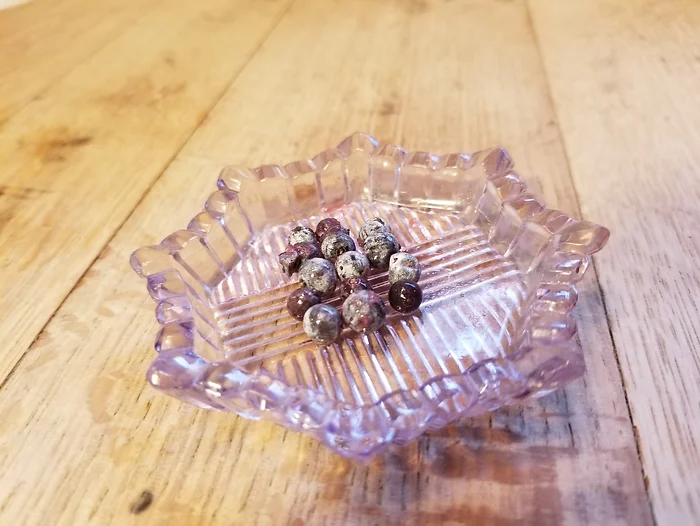
Coming in second for actual Elderberry content as well as cost per gram of elderberry is a popular lozenge form. This product combines two common products that are used for cold and flu symptoms, elderberries, and zinc. As you can see from the photo, these lozenges contain twice the elderberries (I count 16) as the super concentrated extract. They are made by combining extract, again in this case organic using water extraction, with various other ingredients including zinc. This product is sold at multiple stores, including big box and supermarkets, and is around $5.50 for 25 lozenges. This equates to $.275/ g of elderberries. As with all of these examples there are multiple brands available, but most are similar in content and cost. Personally, if I want elderberries, I will take elderberries. If I want zinc, I will take zinc. This is an example of our society trying to stuff all of the healthy benefits of multiple items into one swell, neat, convenient package. Kinda like the good ol’ DTAP vaccination LOL.
ELDERBERRY/ZINC GUMMIES
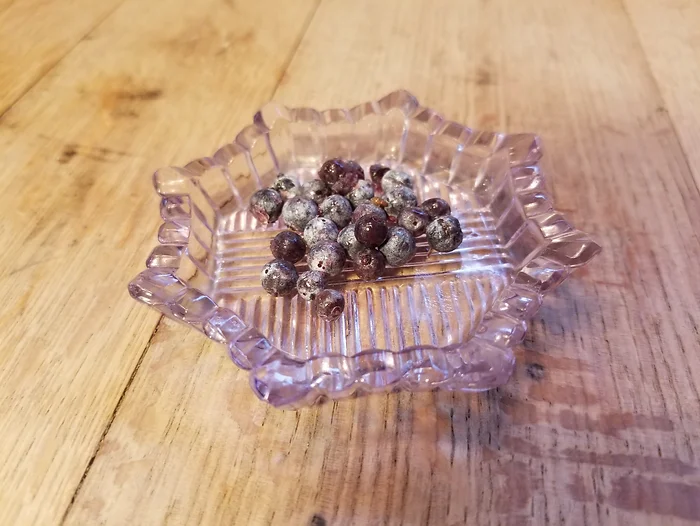
Next in line, we have the venerable gummy. Once again, combined with zinc, in an organic form. Gummies are a good way to get your kids to take something that they might balk at if they think it might be healthy. Similar to the lozenges, they are made through use of an extract, combined and formed into this somewhat unnatural creation. These are easily found in virtually all stores including health food, grocery, online, drug stores, etc. The example I used here sells for $19/60 gummies. The recommended serving is two gummies. If you take two of them you will consume the equivalent of 3.2 grams of elderberries at a cost of $.19/g. Still not great in terms of elderberry content, but at least you can’t quite count the individual berries in the dish!!! BTW, if you’re looking for a great tasting way to give your kids elderberries without breaking the bank, take a look at the next product. Can you guess what it might be?
THAT’S RIGHT…IT’S ELDERBERRY SYRUP!!!
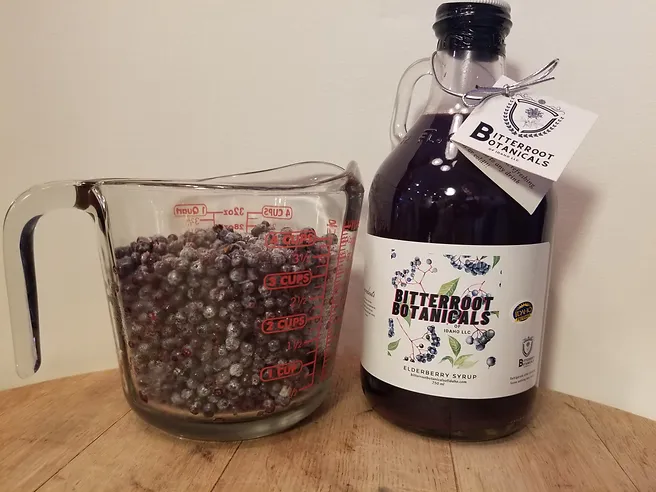
PHOTO OF 32 OUNCE BOTTLE OF BITTERROOT BOTANICALS OF IDAHO WILD CRAFTED ELDERBERRY SYRUP WITH OVER ONE POUND OF ELDERBERRIES CONTAINED IN EACH BOTTLE
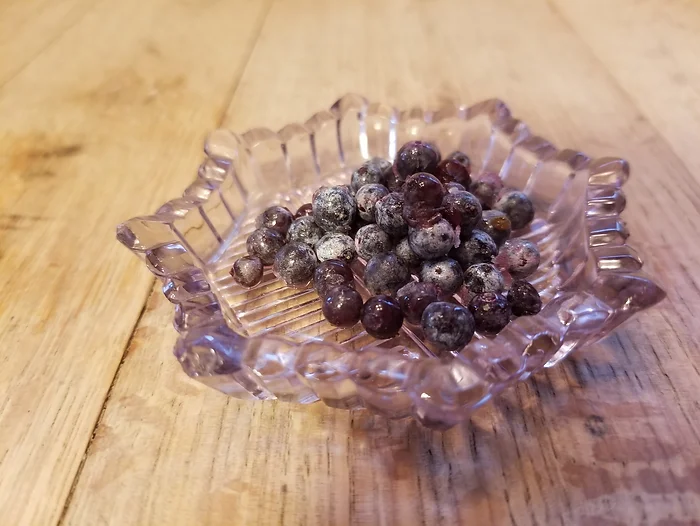
PHOTO OF 6.5 GRAMS OF ELDERBERRIES CONTAINED IN EACH 1/2 OZ (1 TBSP) SERVING
Obviously I will have a lot more to say about this product, specifically, our product Bitterroot Botanicals of Idaho Wild Crafted Elderberry Syrup. I can’t speak for the elderberry content of other manufacturers, only ours. I will say that once again, there is a huge selection of elderberry syrups available, some by big manufacturers, many by small. I encourage you to KNOW WHAT YOU ARE BUYING AND CONSUMING!!! Indeed, that is the whole purpose of this post. Not only do I encourage you to know what you are buying, but know who you are buying it from.
Yes, that’s me. This was on the Salmon River, September 2020 with some of the largest clusters of Elderberries ever!!! BTW, if you’re thinking of Wild Harvesting, I cannot emphasize enough the importance of using a field guide, or even better an app like “Picture This” to identify plants BEFORE YOU EAT THEM and end up calling poison control because you have the you know whats.
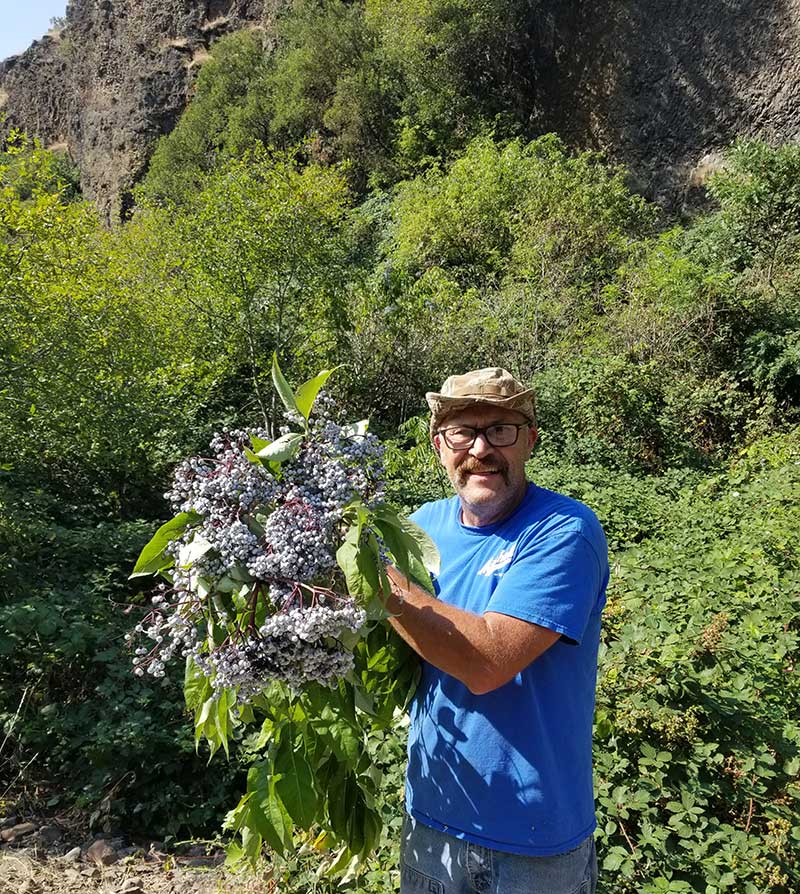

<Me again, this time on the Oregon Coast

This is exactly what I’m talking about. Know what you’re buying, and who you’re buying it from…SUPPORT SMALL, INDEPENDENT BUSINESS. The money you spend with small companies, like ours which consists of myself, my wife, and my son, will be used for basic needs and the occasional family vacation instead of shareholder dividends, corporate executive bonuses, and lavish dinners for government regulators and influential politicians.
Now, back to Elderberry syrup. Large producers and manufacturers of supplements will advertise and note such things as “standardized contents and potency”. While these testing protocols will assure you that you are indeed getting what you pay for (maybe?), they also come at a huge price for the manufacturer. In the end, this company must either produce and sell more product at a given price, or increase their price, to pay for the testing. I’ll stay small thank you very much. On the opposite end of the spectrum are the extremely small producers which may or may not strictly adhere to regulations governing food manufacture, packaging and sales. I am currently awaiting shelf life stability testing, although we’ve never had an issue it is a requirement for wholesale of our product. I am also taking the necessary steps to become a “certified food packaging manager”, attending a Better Process Control course, and developing a “Hazard Analysis Critical Control Point” plan for the making and bottling of our syrup. All of these are necessary steps to legally sell our products outside of Idaho, and should be completed in early January. I know many small food producers don’t take these steps, but I think they are important to our customers. Heck, when I’m done, I could sell my products to big box stores and supermarkets. Don’t expect to see me there though, not my cuppa tea. I think another inherent hazard to purchasing from small elderberry syrup producers is the actual contents. I’ve seen all sorts of stuff like “elderberry/apple syrup”, “blackberry/elderberry syrup”, “elderberry/currant tonic”. Many of these either don’t list ingredients, coming in a pint mason jar, or don’t follow standard FDA labeling guidelines. I encourage you to support small business, but know what you’re buying. Our elderberry syrup, if purchased in a quart size bottle, would cost you $.78 per serving, would contain 6.5 grams of elderberries, and would end up being $.19/gram of elderberries. Again, I can’t speak for other products.
AND THE WINNER IS…..MAYBE. ELDERBERRY CAPSULES
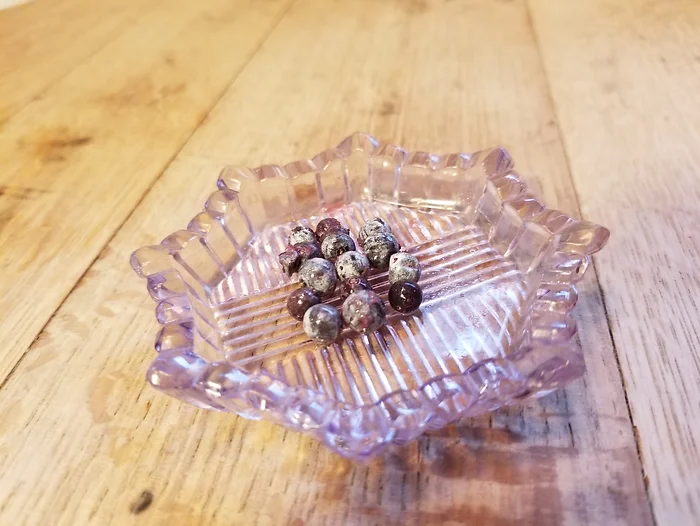
Photo of 2 grams fresh elderberries contained in one 500 mg capsule
Elderberry capsules contain freeze dried, ground or crushed elderberries. The example I chose, which appears to be fairly standard, is 500 mg/capsule. Since elderberries are roughly 75% water, the photo above, for comparative purposes, is about what would be found in a capsule. The cost per gram of elderberry would be $.07 coming in far below even the syrup. However, I have questions about the chemical composition of anything that has been subjected to temperatures of -50 degrees centigrade, then had the moisture “vacuumed” off. Personally, I would prefer to consume my elderberry goodness as close to a natural form as possible, without extreme chemical or mechanical processes.
ELDERBERRY TEAS AND DIY ELDERBERRY SYRUP KITS
Finally, lets look at some products that are all over the board as far as elderberry content. Many of these products list ‘dried elderberries” as the first ingredient. According to FDA food labeling standards, this is the ingredient highest in weight of all. That would mean that a package could contain 90% elderberries, or 2% elderberries, as long as it accounts for the highest percentage of total weight compared to all other ingredients. These kits and teas have a whole slough of ingredients; rooibos tea, peppermint, rose hips, echinacea, mullein, bergamot, sage, …….the list goes on forever. Judging from the appearance of these items, elderberry is a fairly small percentage of total weight. Again, if I want elderberry, I will buy elderberry. Some of the teas I looked at listed “standardized elderberry extract” as an ingredient. One even listed it last!!! It’s almost like they whispered “elderberry” over each batch and could then list it as an ingredient. I’m not denying the value of the other ingredients. Echinacea, rose hips, peppermint, these are all valuable. I just think calling the item “elderberry immunity tea” is a stretch. I also looked at photos of DIY syrup kits. One such item showed a photo of the product, outside of the package, and I’m just guessing here that elderberries were maybe 20% of the total weight, even though they were listed as the primary ingredient.
